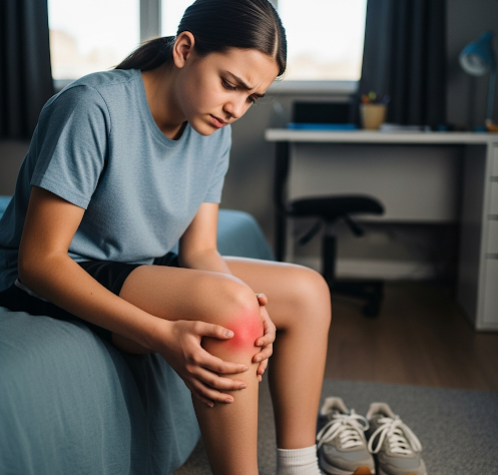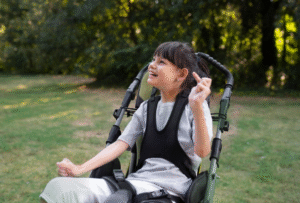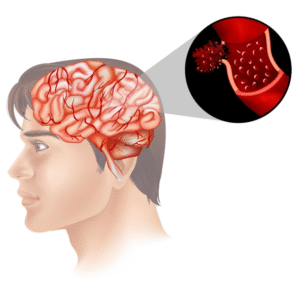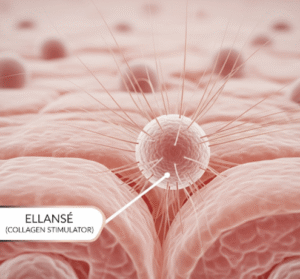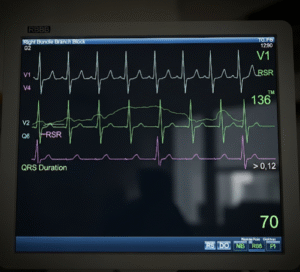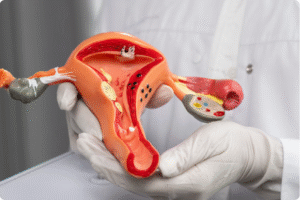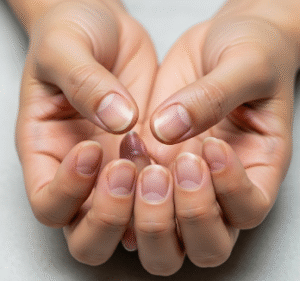Overview
Knee pain is a common complaint among teenagers, often caused by a variety of factors including growth, sports activities, injuries, and underlying medical conditions. While many cases are benign and self-limiting, persistent or severe knee pain in teens can affect their mobility, school attendance, and participation in sports or social activities. In Korea, pediatric orthopedic specialists provide comprehensive evaluation and treatment tailored to the unique needs of adolescent patients to promote healing and prevent long-term complications.
What Is Knee Pain in Teens?
Knee pain in teenagers refers to discomfort or aching localized around the knee joint or surrounding structures. Unlike in adults, knee pain in teens is often related to growth spurts, overuse injuries, or biomechanical imbalances rather than degenerative changes. The causes range from minor soft tissue irritations to significant injuries requiring medical intervention. Proper diagnosis is important to distinguish between transient conditions and those requiring specialized care.
Symptoms
- Pain around the kneecap (anterior knee pain) or other areas of the knee
- Swelling, redness, or warmth in some cases
- Stiffness and difficulty fully bending or straightening the knee
- Clicking, popping, or grinding sensations during movement
- Weakness or instability of the knee joint
- Pain worsening with activity, such as running, jumping, or climbing stairs
- Difficulty participating in sports or physical activities
Causes
Common causes of knee pain in teens include:
- Patellofemoral Pain Syndrome (Runner’s Knee): Irritation of the cartilage under the kneecap caused by overuse or misalignment.
- Osgood-Schlatter Disease: Inflammation of the tibial tubercle growth plate due to repetitive stress, causing pain just below the knee.
- Sinding-Larsen-Johansson Syndrome: Similar to Osgood-Schlatter but affects the bottom of the kneecap.
- Growth Plate Injuries: Damage to the cartilage growth areas in bones due to trauma or overuse.
- Ligament Injuries: Sprains or tears of ligaments such as the anterior cruciate ligament (ACL), common in sports.
- Meniscal Tears: Injury to the cartilage pads cushioning the knee joint.
- Tendonitis or Bursitis: Inflammation of tendons or bursae around the knee.
- Juvenile Arthritis: Autoimmune conditions causing joint inflammation and pain.
Risk Factors
- Participation in high-impact sports such as soccer, basketball, or gymnastics
- Rapid growth spurts causing muscle tightness and biomechanical changes
- Improper training techniques or inadequate warm-up
- Previous knee injuries increasing vulnerability
- Biomechanical abnormalities such as flat feet or uneven leg lengths
- Obesity, increasing stress on the knee joint
Complications
- Chronic knee pain limiting physical activity and sports participation
- Muscle weakness or imbalance worsening joint instability
- Development of abnormal gait or posture
- Potential for long-term joint damage if injuries are untreated
- Psychological effects such as frustration, anxiety, or decreased self-esteem due to activity restrictions
Prevention
- Encouraging proper warm-up, stretching, and conditioning exercises before sports
- Using appropriate footwear and protective gear
- Avoiding sudden increases in training intensity or volume
- Promoting balanced muscle strengthening and flexibility training
- Early medical evaluation of persistent or severe knee pain
- Educating teens and parents about injury prevention and safe activity levels
Treatment Options in Korea
Pediatric and adolescent orthopedic centers in Korea offer tailored treatment approaches for knee pain in teens:
- Conservative Management:
- Rest and activity modification to reduce stress on the knee
- Physical therapy focusing on muscle strengthening, flexibility, and biomechanical correction
- Use of braces or taping techniques to support the knee and improve alignment
- Pain relief with over-the-counter analgesics and anti-inflammatory medications
- Interventional Treatments:
- Injections such as corticosteroids for inflammation in select cases
- Minimally invasive arthroscopic surgery for ligament repair or meniscal injuries when necessary
- Rehabilitation:
- Comprehensive rehab programs to restore strength, stability, and function
- Gradual return to sports with guidance on injury prevention
- Multidisciplinary Care:
- Coordination between orthopedic surgeons, physiotherapists, and sports medicine specialists
- Psychological support for teens dealing with activity limitations or injury anxiety
Korean healthcare providers emphasize early diagnosis and individualized care to ensure that teens with knee pain recover fully and safely return to their activities.

